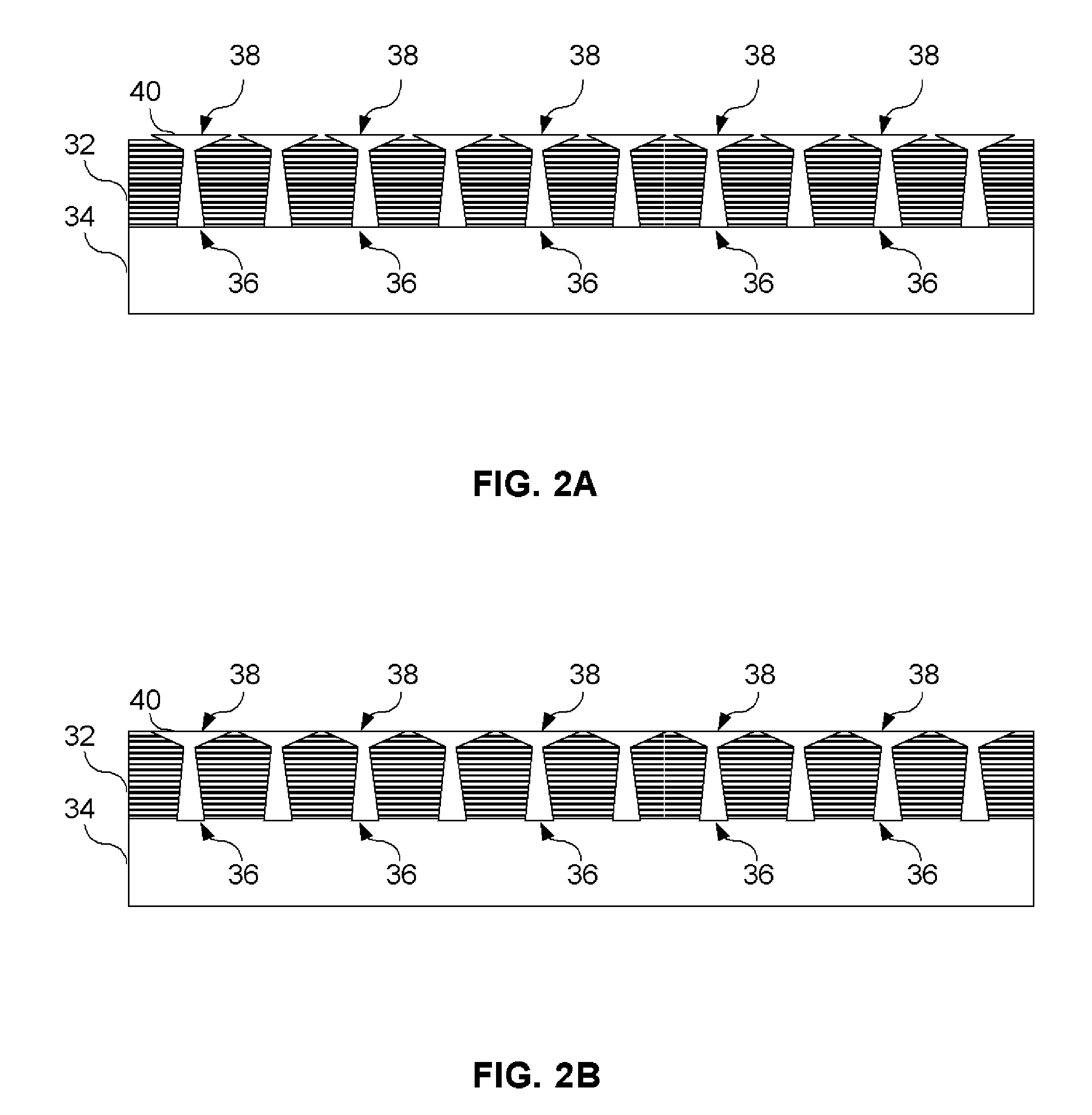Metallic mini hooks for joining of metallic and composites
a technology of metallic and composite materials, applied in the field of structural joints, can solve the problems of high installation time of the joining method, inability to meet the requirements of the construction process, so as to reduce the installation time of fasteners to secure composite materials and metallics, enhance the mechanical bond, and enhance the mechanical bond
- Summary
- Abstract
- Description
- Claims
- Application Information
AI Technical Summary
Benefits of technology
Problems solved by technology
Method used
Image
Examples
Embodiment Construction
[0017]Embodiments of the present invention are illustrated in the FIGUREs, like numerals being used to refer to like and corresponding parts of the various drawings.
[0018]Embodiments of the present invention provide a method for joining a composite structural member and a metallic substrate is provided. This method involves drawing projections from a metallic substrate using a Co-Meld or other like process. Individual plies of composite materials may be laid upon the metallic substrate and projections. These projections penetrate the individual ply or layers of the composite material. A mechanical feature that serves as a retaining device is located at the distal end of the projections in order to prevent separation, or pull out failure, of the composite materials from the metallic substrate. During fabrication, the composite materials may be pre-impregnated with resin or in the form of dry fabric which is later infused with a resin or other material to complete the formation of the...
PUM
| Property | Measurement | Unit |
|---|---|---|
| metallic | aaaaa | aaaaa |
| mechanical feature | aaaaa | aaaaa |
| mechanical | aaaaa | aaaaa |
Abstract
Description
Claims
Application Information
 Login to View More
Login to View More - R&D
- Intellectual Property
- Life Sciences
- Materials
- Tech Scout
- Unparalleled Data Quality
- Higher Quality Content
- 60% Fewer Hallucinations
Browse by: Latest US Patents, China's latest patents, Technical Efficacy Thesaurus, Application Domain, Technology Topic, Popular Technical Reports.
© 2025 PatSnap. All rights reserved.Legal|Privacy policy|Modern Slavery Act Transparency Statement|Sitemap|About US| Contact US: help@patsnap.com



